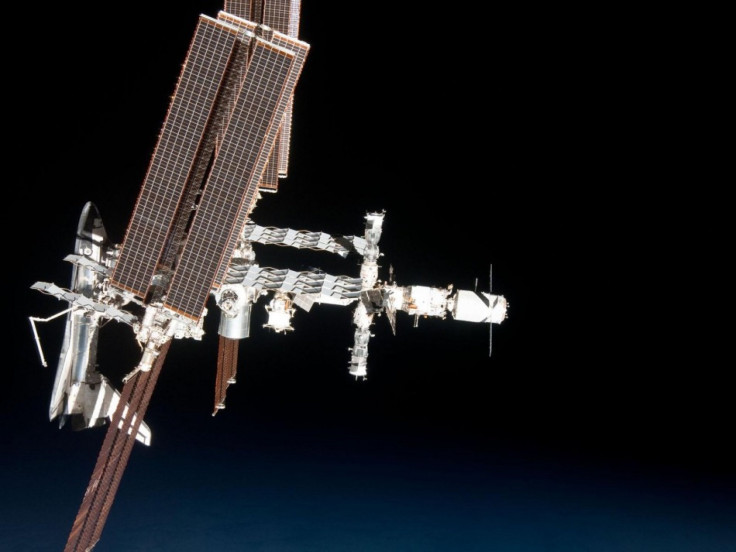Astronauts May Need to Temporarily Abandon International Space Station

Astronauts on board the International Space Station may need to temporarily abandon the research facility this fall following the failure of the Soyuz rocket to send a supply ship into space last week.
The space station, a joint project of the U.S., Russia, Canada, Europe and Japan, has been continuously staffed since November 2000.
The unmanned Russian cargo ship Progress 44 malfunctioned shortly after its Aug. 24 launch, and the ship crashed in Siberia. It was supposed to carry 2.9 tons of supplies to the orbiting lab. Russian space vehicles are the only means of transporting crews and supplies to the station now that the U.S. space shuttle program has ended.
The U.S. space shuttle flew its last mission in July.
NASA has said the Russian Federal Space Agency established a commission to assess the root cause of the failure. The commission will also develop a plan of corrective action and determine any implications for the launch of crews to the station on similar Soyuz rockets.
There are six astronauts residing on the space station and they shouldn't be affected by the Progress crash, NASA officials have said. This is because they astronauts have enough supplies to last a while on orbit.
Three of the astronauts are to return to Earth next month, and the remaining crew in mid-November, according to Space.com.
We know how to do this, Mike Suffredini, NASA's space station program manager, told reporters on Monday. Assuming the systems keep operating, like I've said, we can command the vehicle from the ground and operate it fine, and remain on orbit indefinitely.
© Copyright IBTimes 2024. All rights reserved.





















